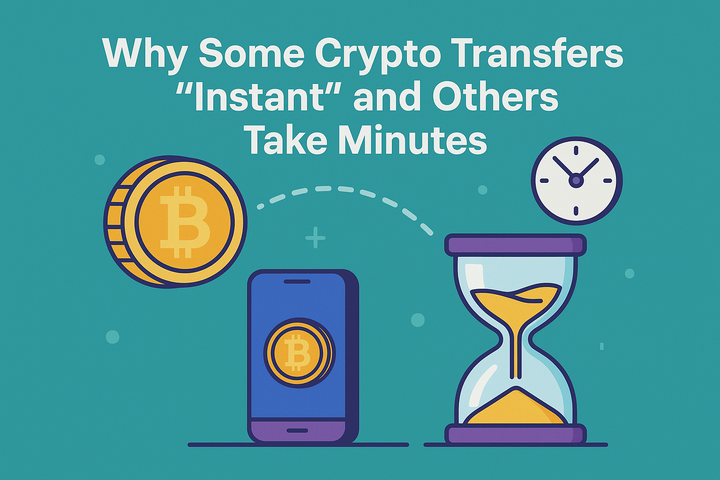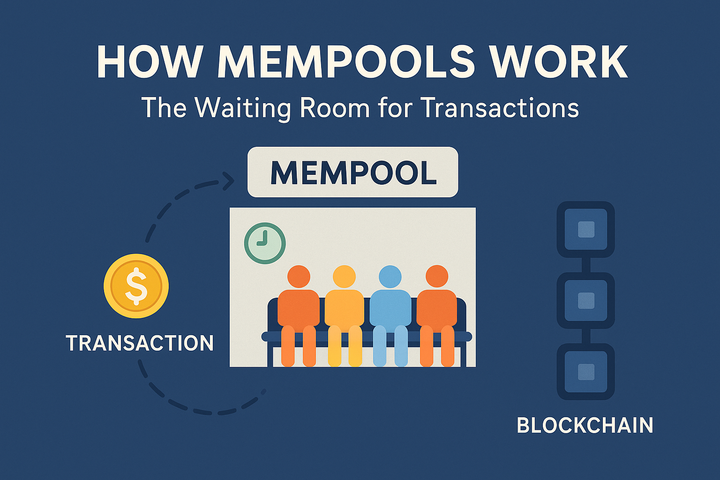Mitosis and Liquid Restaking Tokens: Unlocking New DeFi Opportunities

Introduction
Liquid restaking tokens (LRTs) are reshaping Decentralized Finance (DeFi), offering users a way to stack yields without sacrificing flexibility. Yet, their potential remains tethered by chain-specific limits and fragmented opportunities. Mitosis, a Layer 1 blockchain protocol, is breaking these barriers by integrating LRTs into its Ecosystem-Owned Liquidity (EOL) framework. With a $7 million seed round in 2024 and a mainnet launch approaching, Mitosis is poised to transform LRTs into dynamic tools for DeFi’s multi-chain future. This article explores how Mitosis amplifies LRTs, unlocking new avenues for liquidity providers (LPs) to maximize returns.
Discuss to look out for in this article includes:
🎯 Understanding Liquid Restaking Tokens
🎯 Mitosis’ Approach To LRTs
🎯 Empowering LPs Through Governance
🎯 The Impact And Potential
🎯 Challenges To Address
🎯 Looking Ahead
Understanding Liquid Restaking Tokens
LRTs are DeFi’s latest innovation. When you stake assets like ETH, you might receive a derivative, such as stETH, which earns interest. Restaking that derivative into another protocol like EigenLayer yields an LRT, a token that captures additional rewards while staying tradable. It’s a powerful concept, your assets generate multiple income streams without being locked away.
The problem? LRTs are often confined to one blockchain, limiting their reach. Finding high yield opportunities requires navigating a maze of protocols, fees, and risks. Mitosis addresses these challenges, turning LRTs into versatile assets that thrive across DeFi’s diverse ecosystems.
Mitosis’ Approach to LRTs
Mitosis’ ecosystem is built for fluidity, and LRTs fit perfectly into its vision. Here’s how it works:
▪️ Vaults and Tokenization: LPs deposit LRTs (or other assets) into Mitosis Vaults, receiving “miAssets” in return. These tokenized stakes are yield-bearing and portable, tracking the value of the underlying assets.
▪️ Cross-Chain Mobility: Unlike traditional setups, Mitosis enables LRTs to move seamlessly across networks like, Ethereum, Arbitrum, or other chains without costly bridges or delays. This unlocks yields wherever opportunities arise.
▪️ Matrix Campaigns: Mitosis’ Matrix platform curates DeFi strategies tailored for LRTs. LPs can join short-term yield boosts or commit to longer campaigns for higher rewards, with flexibility to suit different risk appetites.
This structure was tested during the 2024 Expedition Testnet, where users experimented with mock LRTs, earning MORSE tokens as incentives. The results showcased Mitosis’ ability to make LRTs both accessible and profitable.
Empowering LPs Through Governance
Mitosis doesn’t just enhance LRTs, it democratizes their use. The upcoming $MITO token will let LPs vote on Matrix campaigns, deciding which LRT strategies get priority. This community driven approach, rooted in EOL, ensures that liquidity flows to the most promising opportunities, not insider deals. Transparent governance, trackable via explorers like Routescan, keeps the process open and fair.
This matters because LRTs thrive on opportunity. By letting LPs steer liquidity, say, toward a new L2 protocol or a restaking yield farm. Mitosis aligns incentives so everyone benefits. Community feedback reflect excitement for a system that empowers retail users.
The Impact and Potential
Mitosis’ LRT integration is timely. Restaking protocols already manage billions in total value locked (TVL) in 2025, and LRTs are fueling that growth. Mitosis amplifies this trend by solving key pain points:
▪️ Flexibility: LRTs escape single-chain traps, chasing yields across DeFi’s multi-chain landscape.
▪️ Efficiency: Community governance optimizes liquidity allocation, boosting returns without waste.
▪️ Accessibility: Matrix’s curated campaigns lower the barrier for LPs, from novices to pros.
Backed by top investors, Mitosis has the resources to scale this vision. Security partners like Ethos add trust, addressing DeFi’s vulnerability to hacks.
Challenges to Address
LRTs aren’t without risks. Their layered yields amplify exposure to market dips or protocol failures. Cross-chain systems, while innovative, face smart contract vulnerabilities, past bridge exploits highlight the stakes. Some Matrix campaigns require lockups, which may not suit all users. Mitosis counters with rigorous testing, as seen in the Expedition, and a commitment to refine based on user input.
Looking Ahead
Mitosis is redefining what LRTs can do. By blending cross-chain freedom, curated yields, and LP governance, it’s crafting a DeFi ecosystem where assets don’t just sit, they soar. The Expedition Testnet was a glimpse, the mainnet will bring LRTs to center stage, with $MITO as the community’s megaphone.
For LPs, Mitosis offers a chance to harness LRTs for bigger, smarter returns. For DeFi, it’s a blueprint for a more connected, inclusive future. As restaking grows, Mitosis is ensuring LRTs aren’t just liquid, they’re unstoppable.
And that brings us to the end of this article, follow Mitosis on their official websites to stay tuned for more: Website | X | Discord | Telegram



Comments ()